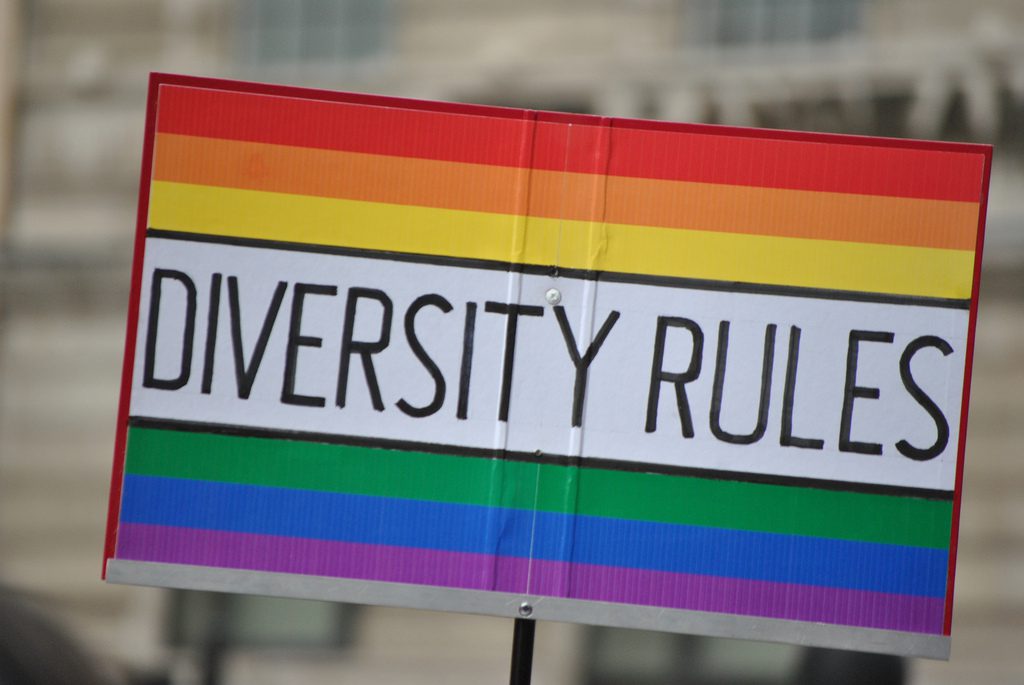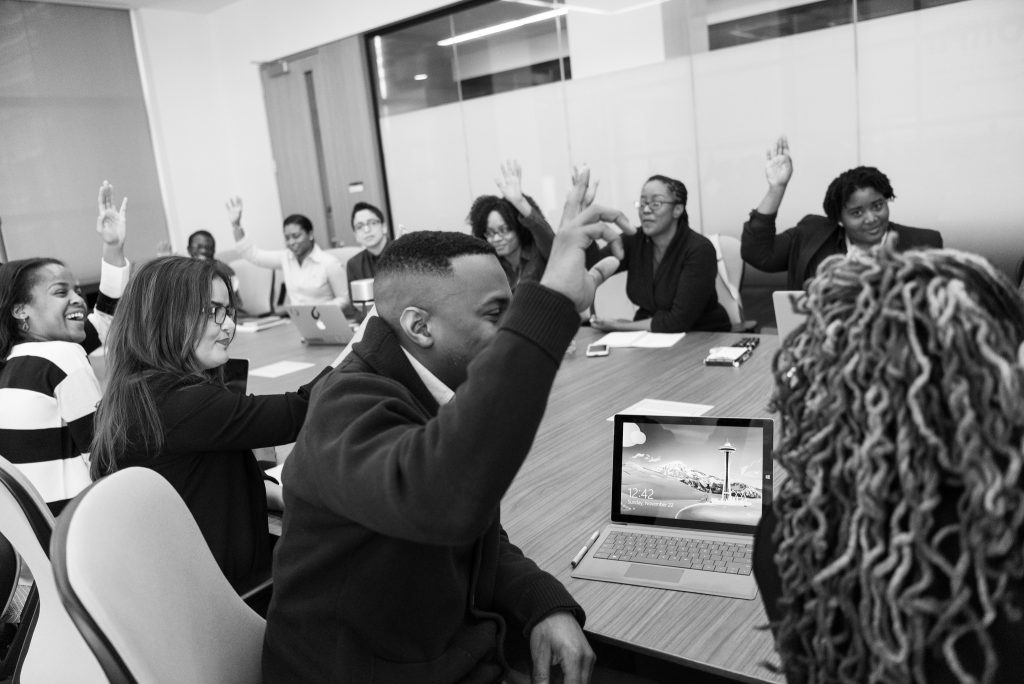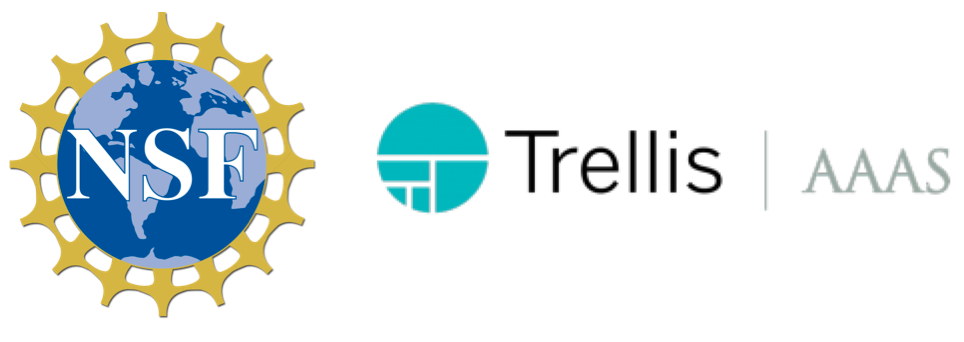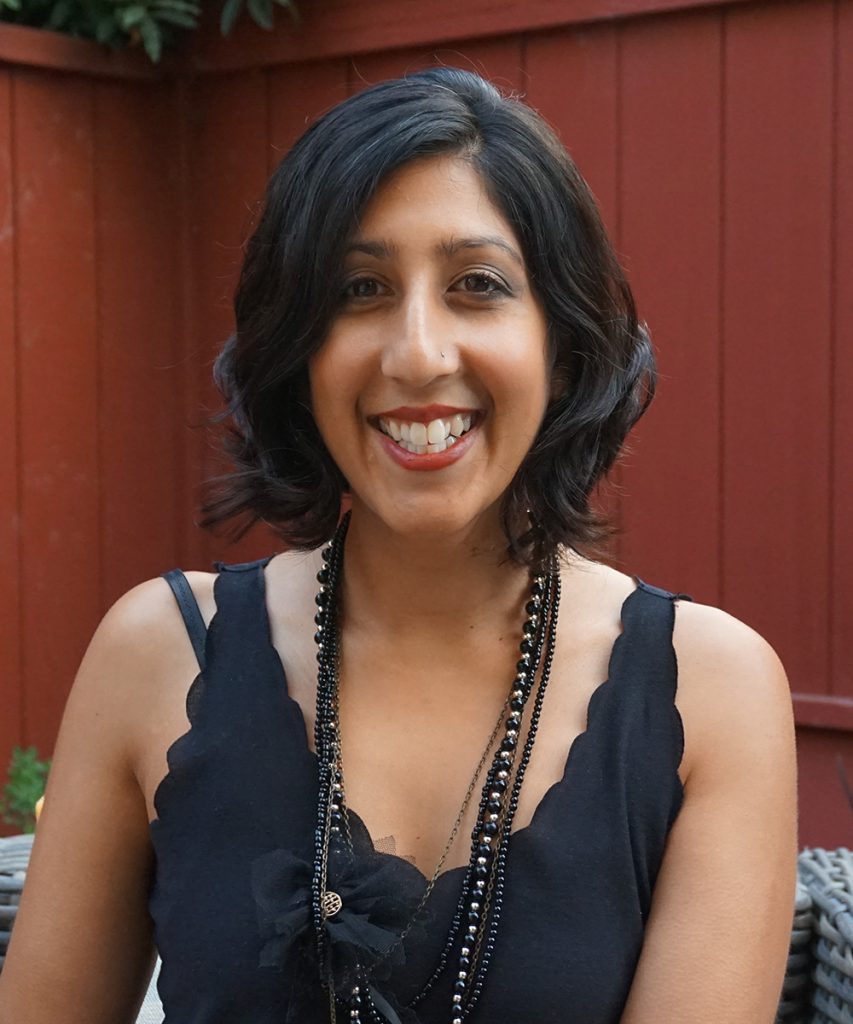Today we continue our series of regular posts on the Trellis blog for science community managers interested in diversity, equity and inclusion. This installment was authored by Marsha Lucas, Society for Developmental Biology. Additional series coordinators are Jennifer Davison, Urban@UW, University of Washington, Josh Knackert UW-Madison Neuroscience Training Program, and Rosanna Volchok, The New York Academy of Sciences. You can find all of the posts in the series here.
Community managers are in a unique position to help foster diversity, equity, and inclusion within their communities. One of the tools at their disposal is the establishment of community guidelines.
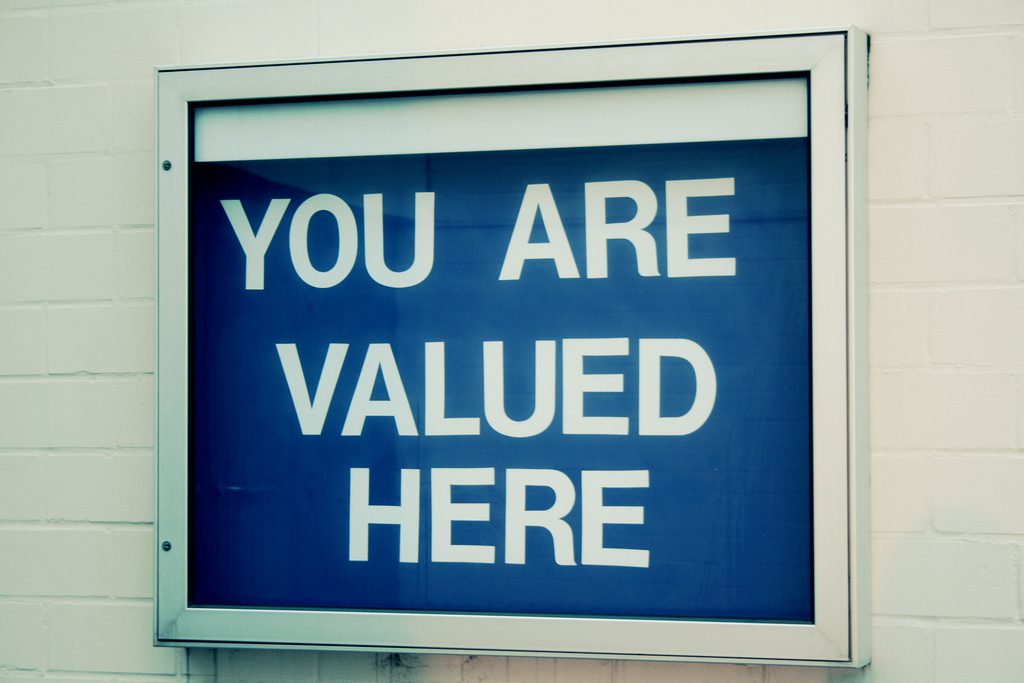
Image credit: https://www.flickr.com/photos/mootreelife/5364190913/
Community guidelines set the tone for community interactions by clearly stating what the community is about and what it values. They lay out expectations for community members and consequences for failing to meet those expectations. This is the perfect place to codify an organization’s beliefs around diversity, equity, and inclusion, and highlight behaviors that cultivate creativity, productivity, and collaboration.
It is most effective if guidelines are created early in a community’s life cycle before a conflict arises. However, it is completely acceptable to create or revise community guidelines as times change, or in response to an issue that bubbles up in order to move your community in a more positive and inclusive direction.
Below are a few points to keep in mind when drafting community guidelines to ensure they wholly represent your community.
Continue reading “Community guidelines: A key component of your diversity, equity, & inclusion toolbox”